 |
| Planning map of Gia Binh International Airport. |
The Government has just issued Document No. 1004/TTr-CP requesting the National Assembly to approve the investment policy of the Gia Binh International Airport Construction Investment Project in the form of investment project implementation prescribed in the Investment Law.
5-star super airport
The Gia Binh International Airport construction investment project is being implemented in the communes of Gia Binh, Luong Tai, Nhan Thang, and Lam Thao in Bac Ninh province with an area of up to about 1,884.93 hectares, including 922.25 hectares of land for two-crop rice cultivation.
This largest aviation infrastructure project in the Northern region aims to invest in building Gia Binh International Airport according to international standards, becoming a smart, green, sustainable, new-generation, international-class airport, meeting the needs of socio- economic development, serving dual-use exploitation, ensuring security and defense activities and important foreign affairs events, including the APEC Summit in 2027.
In addition, Gia Binh International Airport also aims to achieve 5-star international airport service standards, among the top 10 5-star airports in the world according to Skytrax criteria and in the group of airports with excellent passenger experience (ASQ) according to the assessment of Airports Council International (ACI); aiming to be the aviation gateway of the North, a transit airport for passengers, goods and aircraft maintenance, repair and overhaul (MRO) facilities in the Asia-Pacific region.
Gia Binh International Airport will be level 4F (according to the standards of the International Civil Aviation Organization - ICAO); meeting the exploitation needs of about 30 million passengers/year and 1.6 million tons of cargo/year by 2030; about 50 million passengers/year and 2.5 million tons of cargo/year by 2050.
The most prominent highlight of the Project is the Government's proposal to build two pairs of parallel runways, each pair including two runways; the distance between the two pairs of runways is 1,800 m to ensure independent take-off and landing capability to optimize flight management and operations.
The length of the runways ranges from 3,500 m to 4,000 m, meeting the exploitation capacity for all types of new generation wide-body, long-range aircraft.
The passenger terminal is built on the basis of Skytrax's 5-star service standards, focusing on optimizing operational functions, organizing space effectively, ensuring convenient and reasonable service for large passenger traffic. The phase up to 2030 will be built with an expected area of about 350,000 m²; the phase up to 2050 will be expanded with an expected area of about 460,000 m².
The VIP terminal is built independently from the passenger terminal with an estimated area of about 5,900 m². The cargo terminal is built in modules and can be expanded according to the needs of each time without affecting the operation of the built terminals.
The phase up to 2030 will be built with an expected area of about 11 hectares to meet the capacity of about 1.6 million tons of goods/year; the phase up to 2050 will be expanded with an expected area of about 26 hectares to meet the capacity of about 2.5 million tons of goods/year.
With the above investment scale, the Project has a total investment capital of about 196,378 billion VND from the investor's capital; in which the investor's equity is about 29,457 billion VND (equivalent to 15% of the total investment capital); legally mobilized capital is about 166,921 billion VND (equivalent to 85% of the total investment capital).
The Government plans to divide the Project investment into 2 phases, in which Phase 1.1 (from 2025 - 2027) will invest in the construction of necessary works to serve the 2027 APEC Summit; Phase 1.2 (from 2026 - 2030) will complete the construction of the remaining works of Phase 1, ensuring synchronous operation and exploitation to meet the capacity of 30 million passengers/year and 1.6 million tons of cargo/year.
Phase 2 of the Project (from 2031 - 2050) will focus on completing construction of works to meet the capacity of 50 million passengers/year and 2.5 million tons of cargo/year.
The expected duration of the Project is 70 years (from 2025 to 2095).
In Submission No. 1004, the Government said that the investor was selected by the Ministry of Public Security based on the announcement of the National Assembly Standing Committee and the provisions of Resolution No. 3/2025/NQ-CP dated August 14, 2025 of the Government on special mechanisms and policies for investment in the construction of Gia Binh International Airport.
To successfully implement this special-scale Project, the Government proposes that the National Assembly allow the People's Committee of Bac Ninh province to relocate historical and cultural relics (at all levels) during the process of implementing compensation, support, resettlement and investment in construction of the Project.
The relocation is carried out on the basis of a plan decided by the People's Committee of Bac Ninh province, ensuring maximum preservation and promotion of the value of the relics.
 |
| Gia Binh International Airport is designed to accommodate all the largest civil aircraft today. |
Strategic move
An important information mentioned in Report No. 1004 is that the Government has prioritized clarifying the plan for organizing airspace and flight methods.
Because Gia Binh International Airport is about 43 km southeast of Noi Bai International Airport and is located on the main departure direction of Noi Bai International Airport, these two airports share the same airspace.
Therefore, consultants and experts in the field of air traffic management have followed 6 principles to design the preliminary airspace and flight methods to ensure optimal, safe and efficient general airspace exploitation.
First, the entire cluster of airports, airfields and airspace is considered as a single, inseparable system.
Second, establish a common “approach control” airspace covering the entire range of the airport cluster and neighboring airports for joint flight operations.
Third, design flight procedures for airports with performance-based navigation, ensuring separation between flight traffic flows and limiting intersections and conflicts.
Fourth, plan and readjust the limits of no-fly zones, restricted-flight zones, dangerous zones, airspaces, military activity zones, and general aviation activity zones to create more space and facilitate airspace organization.
Fifth, build a coordination and cooperation mechanism between agencies and units using and managing airspace to plan and operate synchronously and consistently.
Sixth, equip air traffic controllers with modern decision support tools to help arrange flight operations scientifically.
The Government said that Gia Binh International Airport will be synchronously connected to the national transport system (expressways Hanoi - Lang Son, Hanoi - Thai Nguyen, Hanoi - Hai Phong - Quang Ninh and Hanoi - Bac Ninh - Ha Long; National Highway 17); regional and provincial levels (Ring Road 4 of the Capital Region; provincial roads DT.285B, DT.82B, DT.285, DT.280, DT.281, DT.284, DT.279 are being studied for expansion).
In particular, the Hanoi area and Gia Binh International Airport are directly connected via the expressway connecting Hanoi via Gia Binh International Airport to Hai Phong City; urban railway (urban railway line 9 extension; connecting to Noi Bai International Airport via lines 2 and 6) and national railway (national railway line Hanoi - Quang Ninh section).
It is known that according to the Master Plan for the development of the national airport system for the period 2021 - 2030, with a vision to 2050, the forecast demand for air transport output in the capital region by 2050 is about 100 million passengers/year.
In which, Noi Bai International Airport is the main international gateway of Hanoi Capital and the key economic region of the North.
In recent times, the number of passengers passing through Noi Bai International Airport has grown higher than the national average; especially with the Hanoi - Ho Chi Minh City route being one of the busiest domestic routes in the world.
Noi Bai International Airport is currently the second largest airport in Vietnam in terms of passenger throughput, operating beyond its design capacity, and still has some limitations in terms of service quality, amenities, and technology compared to other international airports in the region.
Although Noi Bai International Airport has researched and planned for expansion, it faces difficulties due to limited land funds, site clearance and the time needed for completion.
In that context, the investment in the construction of Gia Binh International Airport is a strategic and breakthrough step, contributing to the restructuring of the capital region's aviation network according to the "dual center" model that has been successfully applied by many large cities in the world such as London (UK) and Tokyo (Japan).
The Government said Gia Binh International Airport will play a strategic complementary role to Noi Bai, promoting advantages in space, connectivity and infrastructure, while creating momentum for the development of industry, logistics, e-commerce, tourism and services.
The project also has special significance in ensuring national defense and security and serving important foreign events, especially the APEC Summit in 2027.
Accordingly, to meet the air transport demand of the Capital region, the capacity of Gia Binh International Airport needs to be adjusted to meet the target of serving about 30 million passengers/year and 1.6 million tons of cargo/year by 2030; vision to 2050 about 50 million passengers/year and 2.5 million tons of cargo/year.
“This is the basis for Gia Binh International Airport to become the aviation gateway of the North, a transit airport for passengers, goods and an aircraft maintenance, repair and overhaul (MRO) facility in the Asia-Pacific region,” the Government’s report stated.
Source: https://baodautu.vn/chinh-phu-chinh-thuc-trinh-quoc-hoi-duyet-sieu-du-an-cang-hang-khong-quoc-te-gia-binh-d425877.html



![[Photo] Prime Minister Pham Minh Chinh attends the 5th National Press Awards Ceremony on preventing and combating corruption, waste and negativity](https://vphoto.vietnam.vn/thumb/1200x675/vietnam/resource/IMAGE/2025/10/31/1761881588160_dsc-8359-jpg.webp)


![[Photo] Da Nang: Water gradually recedes, local authorities take advantage of the cleanup](https://vphoto.vietnam.vn/thumb/1200x675/vietnam/resource/IMAGE/2025/10/31/1761897188943_ndo_tr_2-jpg.webp)

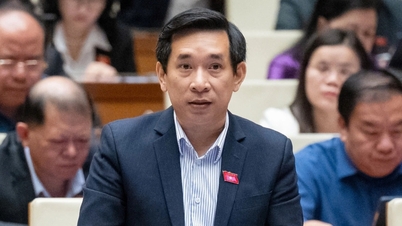

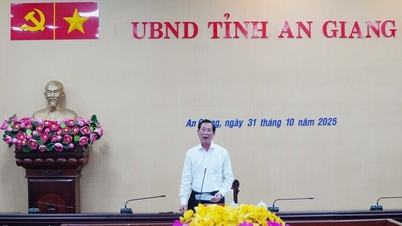







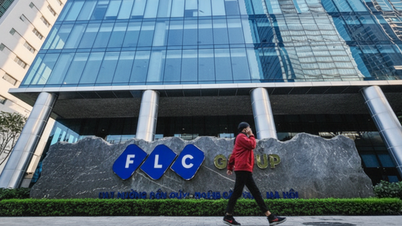



































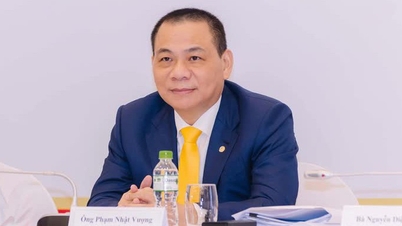
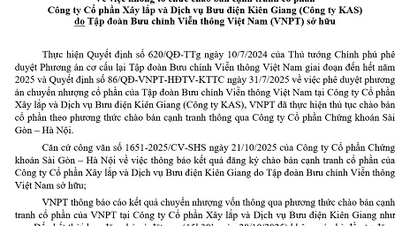


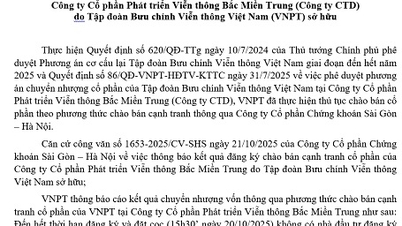
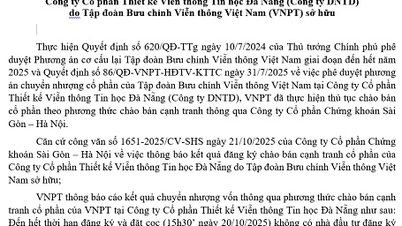


















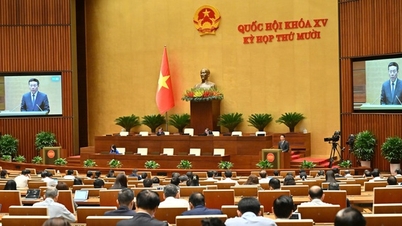

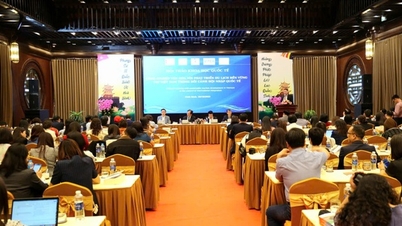
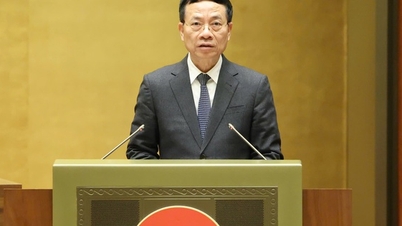




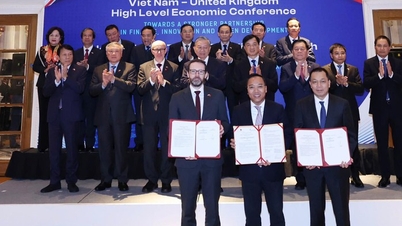

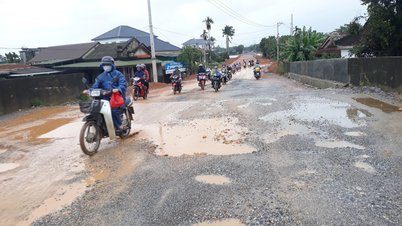
















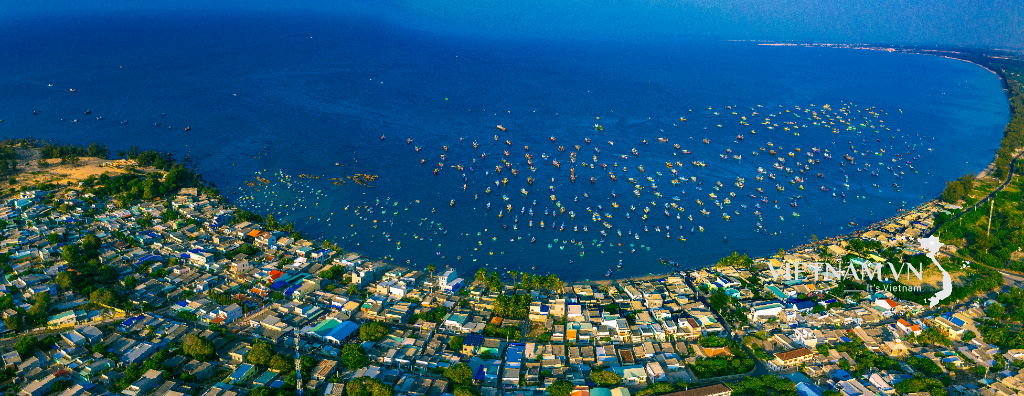



Comment (0)